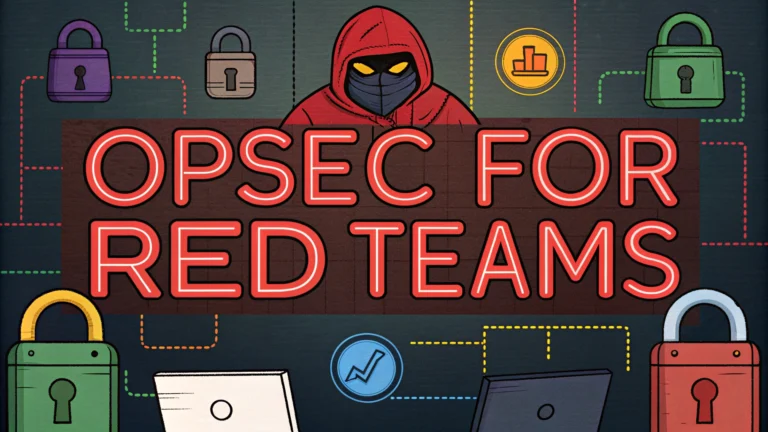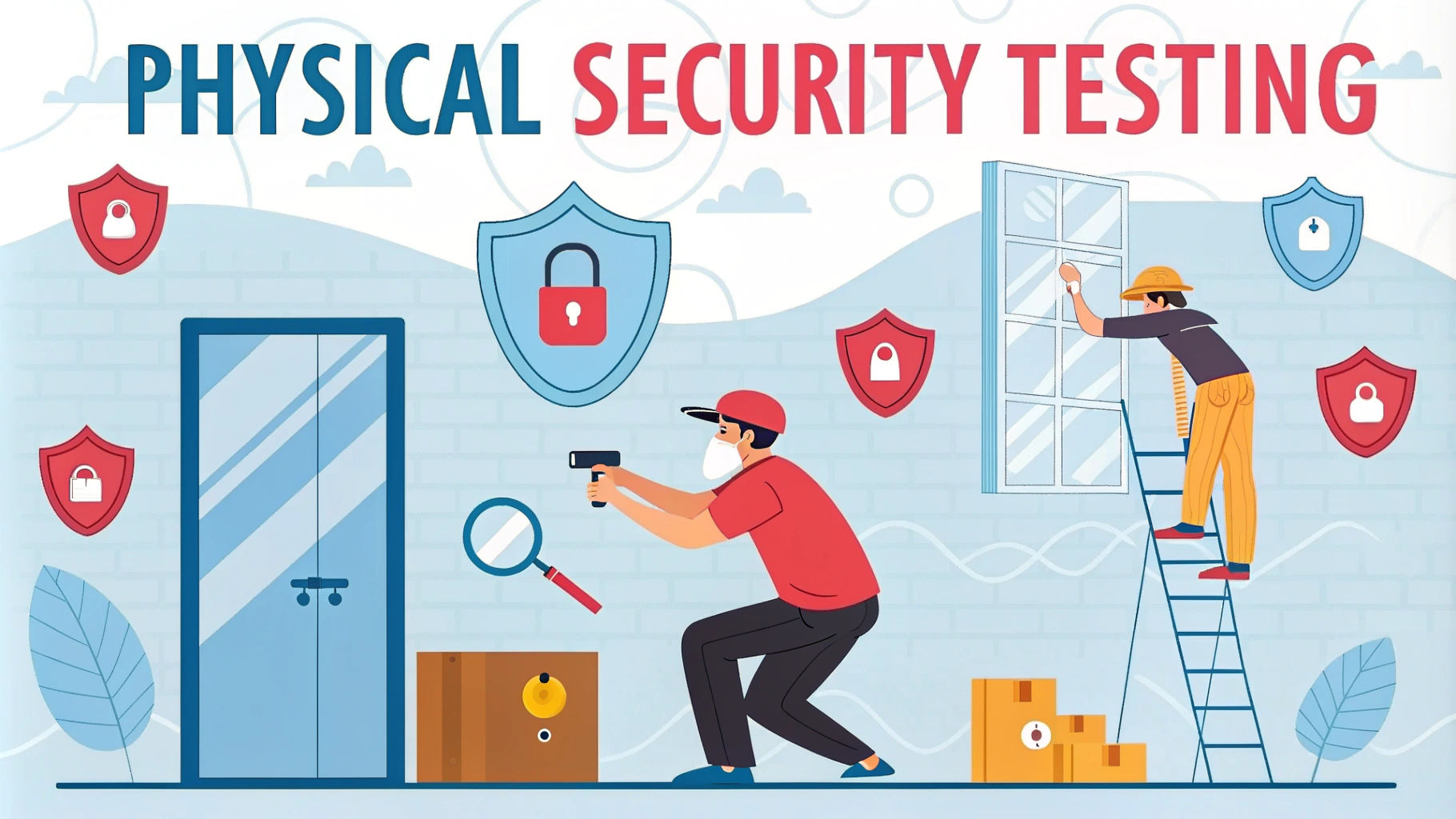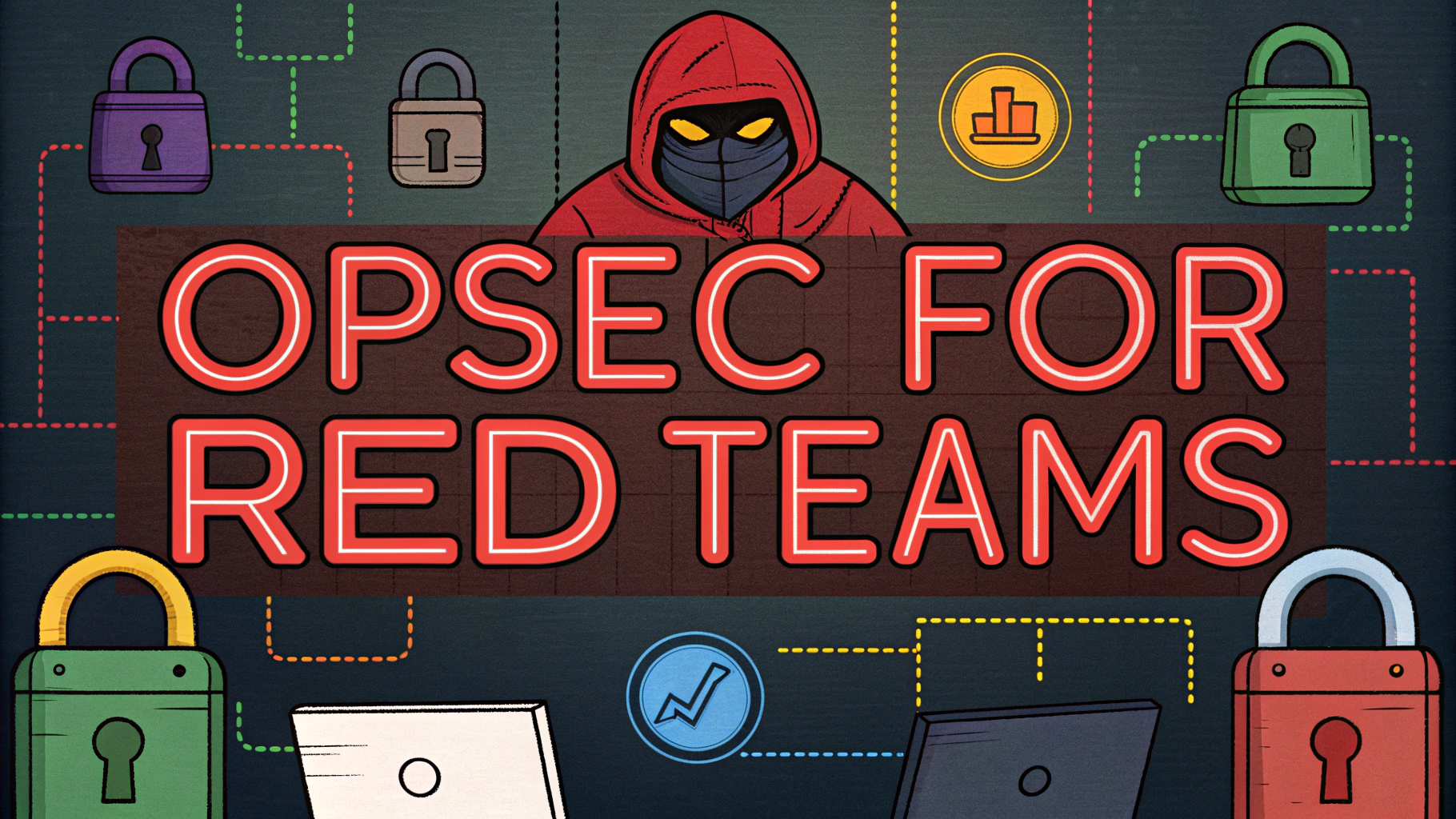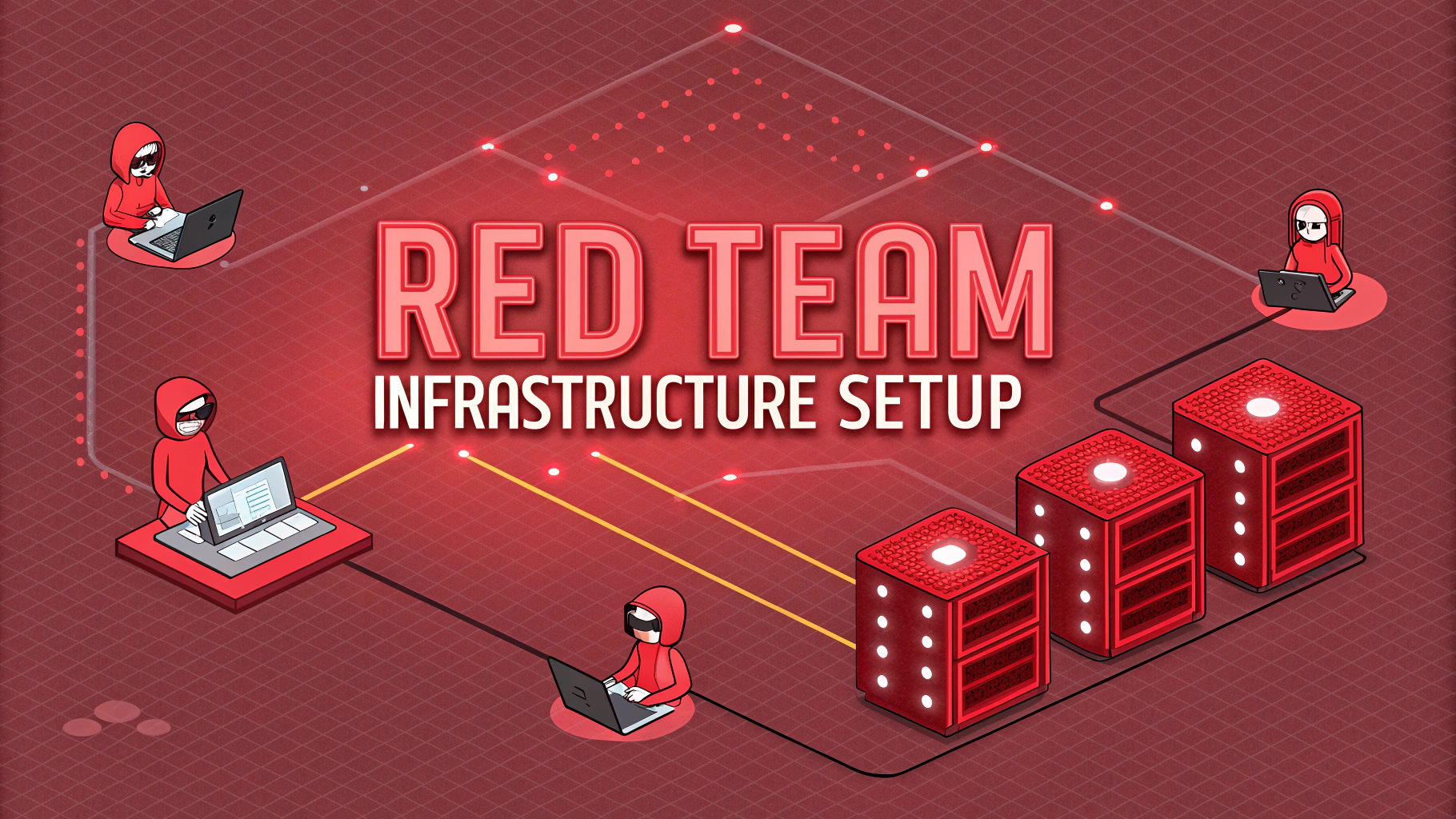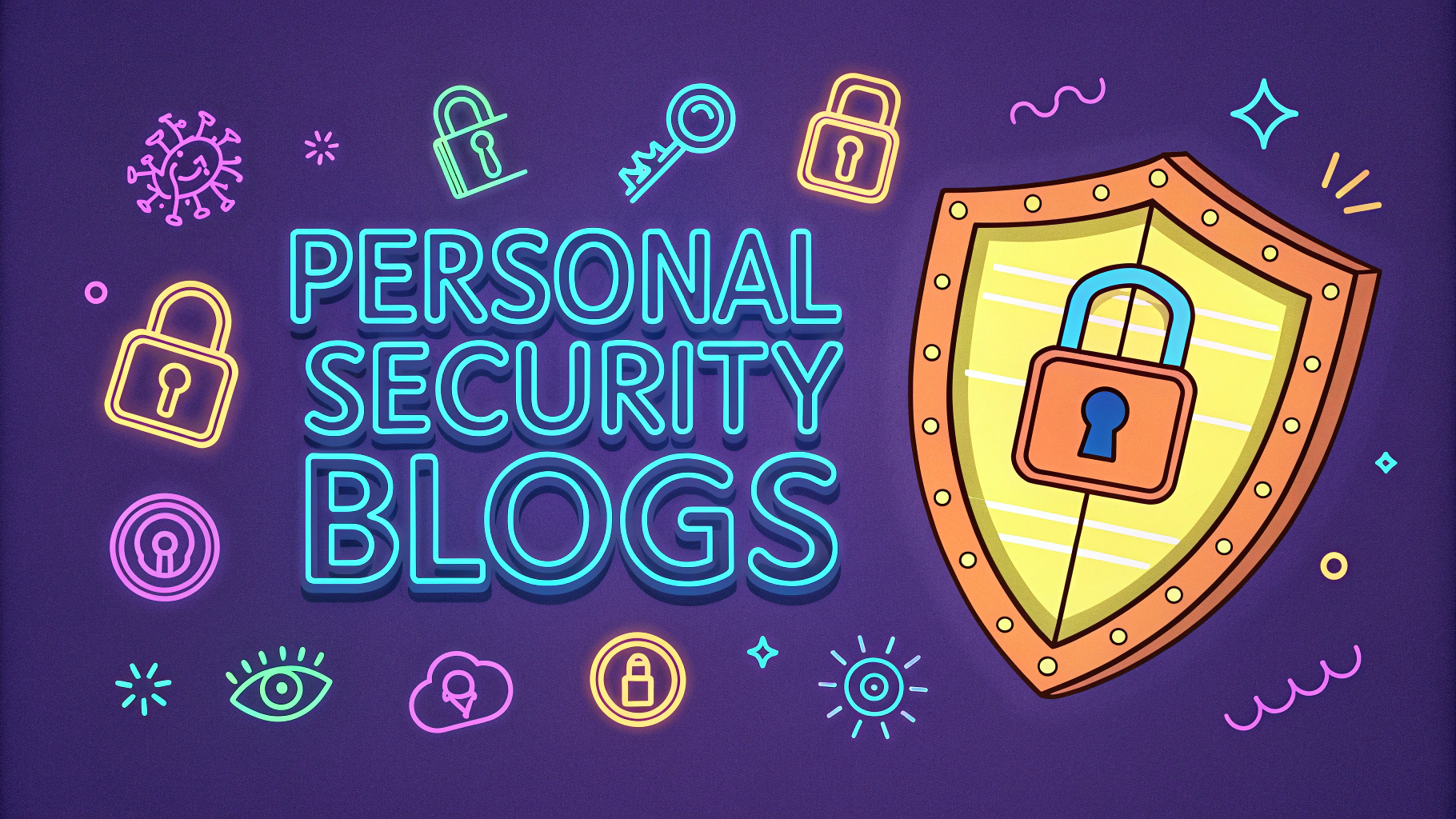Red Team operational security (OPSEC) helps protect sensitive information during penetration testing engagements.
Following proper OPSEC protocols prevents accidental data exposure and maintains client confidentiality throughout security assessments.
This guide outlines essential OPSEC practices for Red Teams to maintain stealth and professionalism during offensive security operations.
Pre-Engagement OPSEC
- Use dedicated testing equipment and networks
- Implement full disk encryption on all devices
- Create separate testing accounts and credentials
- Document authorization scope and boundaries
- Establish secure communication channels with clients
Network Security Controls
Set up a dedicated VPN for all testing traffic.
Use separate virtual machines for each client engagement.
Implement DNS filtering and traffic monitoring.
- Configure firewall rules to segment testing networks
- Monitor for data leakage and unauthorized connections
- Regularly audit VPN configurations and access logs
Data Handling Protocols
Store client data only on encrypted, authorized systems.
- Use encrypted containers for sensitive files
- Implement secure file transfer protocols
- Maintain strict access control lists
- Regular data sanitization after engagements
Communication Security
- Use encrypted messaging platforms (Signal, Wire)
- Implement PGP for email communications
- Avoid discussing engagements on public channels
- Document all client communications securely
Tool and Infrastructure Management
Maintain separate infrastructure for each client engagement.
- Regular security updates for all tools
- Use unique C2 infrastructure per client
- Implement secure logging practices
- Monitor tool signatures and detection rates
Documentation Standards
Keep detailed records of all testing activities in encrypted storage.
- Document authorization and scope changes
- Track all discovered vulnerabilities
- Maintain chain of custody for evidence
- Secure storage of screenshots and artifacts
Post-Engagement Cleanup
- Remove all testing artifacts from target systems
- Securely wipe temporary files and logs
- Document cleanup procedures
- Verify removal of access methods
Emergency Procedures
Establish clear incident response procedures for accidental exposures or detections.
- Document emergency contact procedures
- Create incident response playbooks
- Regular testing of emergency protocols
- Maintain updated client escalation contacts
Strengthening Your Red Team OPSEC
Regular OPSEC training and updates keep teams aligned with security best practices.
Document lessons learned from each engagement to improve future operations.
Consider joining professional organizations like CREST or Red Team Alliance for additional guidance and resources.
Team Training Requirements
- Regular OPSEC awareness sessions
- Scenario-based training exercises
- Tool proficiency assessments
- Documentation and reporting practice
Compliance and Regulatory Considerations
Ensure all operations meet relevant legal and regulatory requirements.
- Follow data protection regulations
- Maintain required certifications
- Document compliance procedures
- Regular legal framework reviews
Quality Assurance Measures
Implement comprehensive quality checks throughout engagements.
- Peer review of testing procedures
- Technical report validation
- Tool calibration verification
- Methodology compliance checks
Client Engagement Protocols
- Clear communication channels
- Regular status updates
- Secure reporting mechanisms
- Feedback integration processes
Maintaining OPSEC Excellence
Effective Red Team OPSEC requires continuous improvement and adaptation to emerging threats.
- Regular security posture assessments
- Integration of industry best practices
- Proactive threat intelligence monitoring
- Continuous process refinement
Building a robust OPSEC framework ensures long-term success in Red Team operations while maintaining the highest standards of professionalism and security.
FAQs
- What are the key components of OPSEC for Red Team operations?
The key components include maintaining anonymity, protecting client data, using secure communications, implementing proper data handling procedures, maintaining clean infrastructure, and ensuring team member operational security. - How should Red Team operators handle sensitive client data?
Operators must use encrypted storage, implement need-to-know access controls, sanitize data after engagements, use secure transfer methods, and maintain detailed data destruction logs in compliance with legal requirements. - What network security measures should Red Teams implement during operations?
Teams should use dedicated VPNs, implement perfect forward secrecy, rotate infrastructure regularly, use separate networks for management and operations, and maintain strict access controls to operational resources. - How can Red Teams protect their command and control infrastructure?
Use rotating domains and IPs, implement robust authentication, maintain separate infrastructure for different clients, use redirectors, and regularly audit access logs and infrastructure security. - What documentation practices should Red Teams follow for OPSEC?
Teams should maintain encrypted engagement logs, document infrastructure changes, record all client communications, keep detailed chain of custody records, and maintain secure backups of all documentation. - How should Red Teams handle attribution during operations?
Teams must use dedicated operational infrastructure, implement proper device fingerprinting protection, use clean environments for each engagement, and maintain separation between testing and personal infrastructure. - What are the essential communication security protocols for Red Teams?
Use encrypted channels, implement secure key exchange methods, maintain separate communication channels for different operational aspects, and regularly rotate communication infrastructure. - How should Red Teams secure their physical operations environment?
Implement physical access controls, maintain clean desk policies, use screen privacy filters, secure physical documentation, and ensure proper disposal of physical materials. - What incident response procedures should Red Teams have in place?
Teams need documented procedures for compromise scenarios, client data breaches, team member compromise, infrastructure exposure, and maintaining business continuity during security incidents. - How should Red Teams handle tool and payload security?
Implement strict version control, maintain separate repositories for different clients, use encrypted storage for custom tools, regularly audit tool signatures, and implement secure deployment procedures.
